Alrighty then, straight to it, y’all. First, as a reminder, many of these words aren’t regulated, meaning, they can be used for marketing purposes, but don’t have to have a specific definition that is consistent across the industry. I’ll denote words that have regulations to back them up in the descriptions.

Understanding Sustainable Buzzwords
There is no shortage of marketing words out there these days catching our eye and telling us what we want to hear. Let’s talk about the different groups.
- Green Words – referring to the environment, can be inclusive of the entire company or just the singular product you’re looking at, often “fluffy” words not backed by anything.
- Health / Product Words – referring to what’s actually inside the product and how it affects the user.
- Manufacturing Words – how it’s made, with what, by whom, and where.
- Packaging Words – packaging materials, how they were made, what happens to packaging after use.
Green + Health Buzzwords
Eco-friendly, environmentally-friendly, green, natural, earth-friendly. All of these words invoke a product or company who is making an effort to provide a product that is “friendly” to the earth. These products or companies are basically saying their “eco-friendly xyz” product is somehow better than products without this label in terms of environmental impact, but unfortunately, none of these words are quantitative. There aren’t any measurements of actions or ingredients/materials used that go along with these labels, so while I like a green label with leaves and the eco tagline as much as the next environmentalist, these words are bogus and carry little weight for me. It’s more like a wish than something that’s backed up by real results.
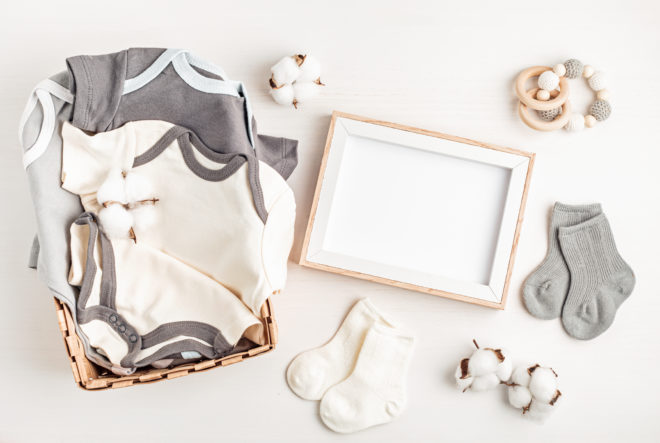
There are a few sustainable buzzwords that exclusively refer to the product. They include:
- Organic: is an easy one since this word is regulated both in textiles and food industries. You won’t find this word or seal unless the product is indeed organic and has been produced according to the USDA standards.
- Biodegradable: refers to what’s in the package itself and means that the product will break down into organic matter. Keep in mind, biodegradable and compostable materials require light, oxygen, and bacteria to properly break down into smaller particles. Biodegradables will NOT break down in a landfill since there is often no light, little to no air, and little to no healthy bacteria to appropriately break down even banana peels back into healthy soil/organic matter.
- Sustainable, green, and clean: these are more wish list words. If the package says “clean baby sunscreen,” then I would personally flip it over and see if they tell me what “clean” means to them. It’s a word that, for now, each company can define for themselves. Several companies have a version of a “never list” with ingredients you won’t find in their products, which makes them “cleaner” than brands including those potentially harmful ingredients, but there’s still no clear distinction between levels of “clean.”
- Made from recycled materials: – this one can be a claim, OR backed up. The GRS or RCS is a certification that verifies the content of the product and responsible production practices. It’s not widespread now, but I think we’ll see more of this certification in the future.
- Made Safe: this is a gold standard on par with the B Corp certification for me. You’ll usually find this certification right on the label and means that the product is made with safe ingredients not known or suspected to harm human health. There are 13 steps in their process including screening against carcinogens, bioaccumulation, harm to marine life, contamination risks, and more.
Packaging Buzzwords
If you were to do a trash audit, you might find most of it is packaging, the stuff our stuff comes in – wrappers, cans, bags, boxes, bottles, jars, etc. Since most of what is in our trash is the packaging, it makes sense that companies would spend time and energy creating better, more efficient, more recyclable/biodegradable packaging, AND marketing around this packaging. To be quite frank, the best packaging is no packaging, which obviously isn’t possible for everything. All other methods of protecting a product and getting it into the hands of consumers has pros and cons.
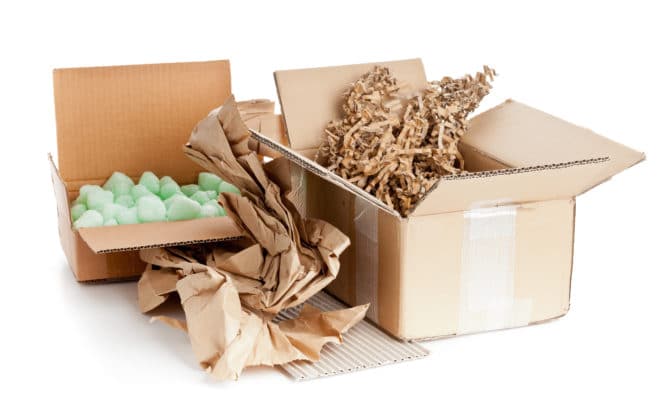
Common packaging buzzwords you’ll see are:
- Biodegradable/Compostable: these are a bit trickier since there are now biodegradable and compostable packaging options that require commercial facilities for the product or packaging to break down. Home compostable is the best option. Packaging with this label means that you could take that packaging and bury it in your backyard or add it to your own compost pile, and it would break down into organic matter within a couple of months. A misleading, but common trend, currently is BIODEGRADABLE or COMPOSTABLE in large letters on the outside of a single use food/drink container, and then in tiny letters on the bottom, it will say “in commercial facilities only.” This means that the bioplastics the cup or to-go container is made from will return to organic matter, but only under very specific conditions. I used this site to search for composting facilities in Texas and there were exactly two services that accept certified compostable serviceware – one was only available to restaurants and businesses, not residential. As an added bummer to this seemingly better packaging, that just isn’t that great yet, bioplastics can’t be recycled with other plastics, they often contaminate the process. Basically if it looks like plastic, and acts like plastic, then it’s plastic when it gets into the environment. Avoiding single use is still best practice here.
- Recyclable: is often thrown around as a pro for certain products, but there is a lot of nuance to recycling. Almost universally recyclable materials are paper, glass, and metal. Plastics are sometimes recyclable, but most types aren’t accepted at most facilities. If a plastic package is marked as recyclable and doesn’t have a #1 or #2 on the bottom, this is mostly for marketing, not a true end of life solution for the package.
- Zero waste: these products deserve their own article, but in short, we’re looking at products only made from ingredients/materials that come from organic sources or can infinitely be recycled or composted in a backyard environment, like uncoated paper products, wood, metals, and glass. Typically these products have little to no packaging and come with instructions for how to responsibly dispose of the items at end of life. My favorite daily use item that is zero waste is my safety razor!
Manufacturing Buzzwords
Factories can receive several certifications that refer to how the factory operates in terms of personnel, the energy they use, what happens to waste from the factories (think dumping in rivers vs. responsible waste water management), opportunities for employees (access to bank accounts, healthcare, personal development/life trainings, children attending school), overall carbon footprint, and more. I’ve found that the simplest way to check if a business is operating their factory in an ethical manner is to search the “About Us” or “FAQ” on their website. Here are some of my favorites:
- GRS Certified
- GOTS Certified
- LEED Certified
- Carbon Neutral
- OEKO-Tex Certified
- Using Renewable Energy
- Made Safe
Those who are making strides in improving the industry will say so, especially in the textile industry! They will have transparent audits of facilities, reports of worker safety, programs that employees can take part in, and stats for wages, benefits available to them and their families, and living and working conditions. These are companies who care deeply about where their materials come from, who is harvesting them, and who is completing the final products of what they’re selling. The pride will shine through both in what they report as the good and the areas they know could use improvement. Often they will post their plans to improve energy efficiency, auditing practices, classes for employees, regenerative farming practices, and much more. We vote with our dollars every time we make a purchase, and companies doing the work will share about the work they’re doing. Companies who know better and aren’t doing better, won’t.
Why Understanding Buzzwords is Important
To recap (congrats for making it through the ocean of both marketing and meaningful words), the easiest way to check the front of package marketing words is to:
- Flip that bottle, jar, or box over, and look at the back.
- See if there are certifications or little labels below the ingredients list.
- Do a quick search of the company name.
- If on their site you can’t find a single paragraph backing up their eco-friendly claims, HOW they’re helping the earth, or the people on it, likely the buzzwords they’re throwing your way are just words not backed up.
- If you can find full sections on their site with the reports to back up where the money is going, how their factories are run, and what happens to their packaging after it’s used up, they just might be the real deal.
Just for You
Sustainability Articles
Want to broaden your knowledge of sustainability?
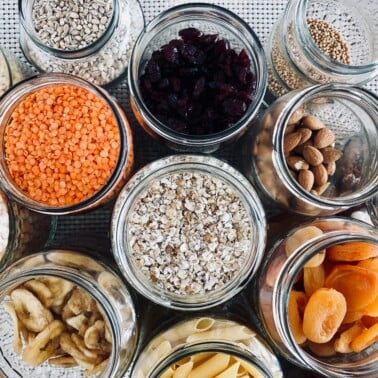
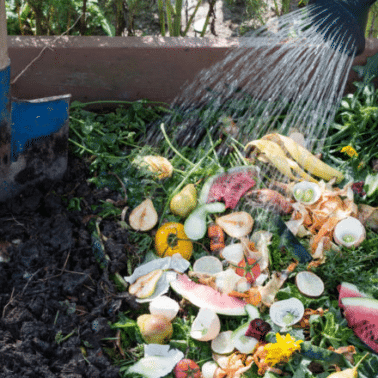
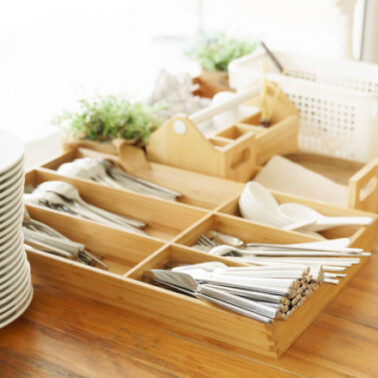









Very helpful! Thanks for encouraging everyone to be aware and active in advocating for more sustainable practices!
So glad you found this helpful. We are so grateful Liz is sharing her wealth of knowledge with our community! -Team F&F
I am loving this series!
Thanks Becca! I am loving writing this series!